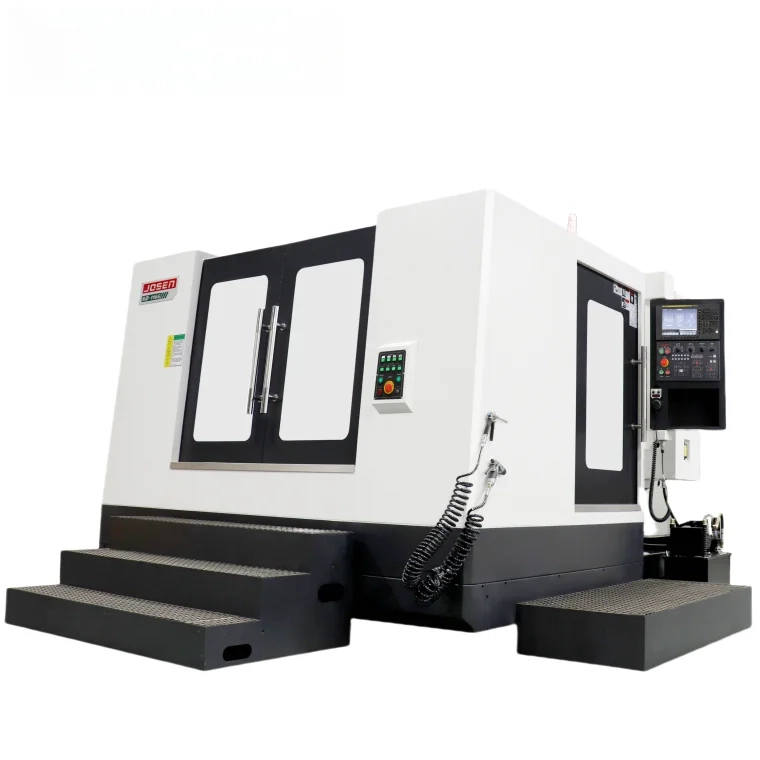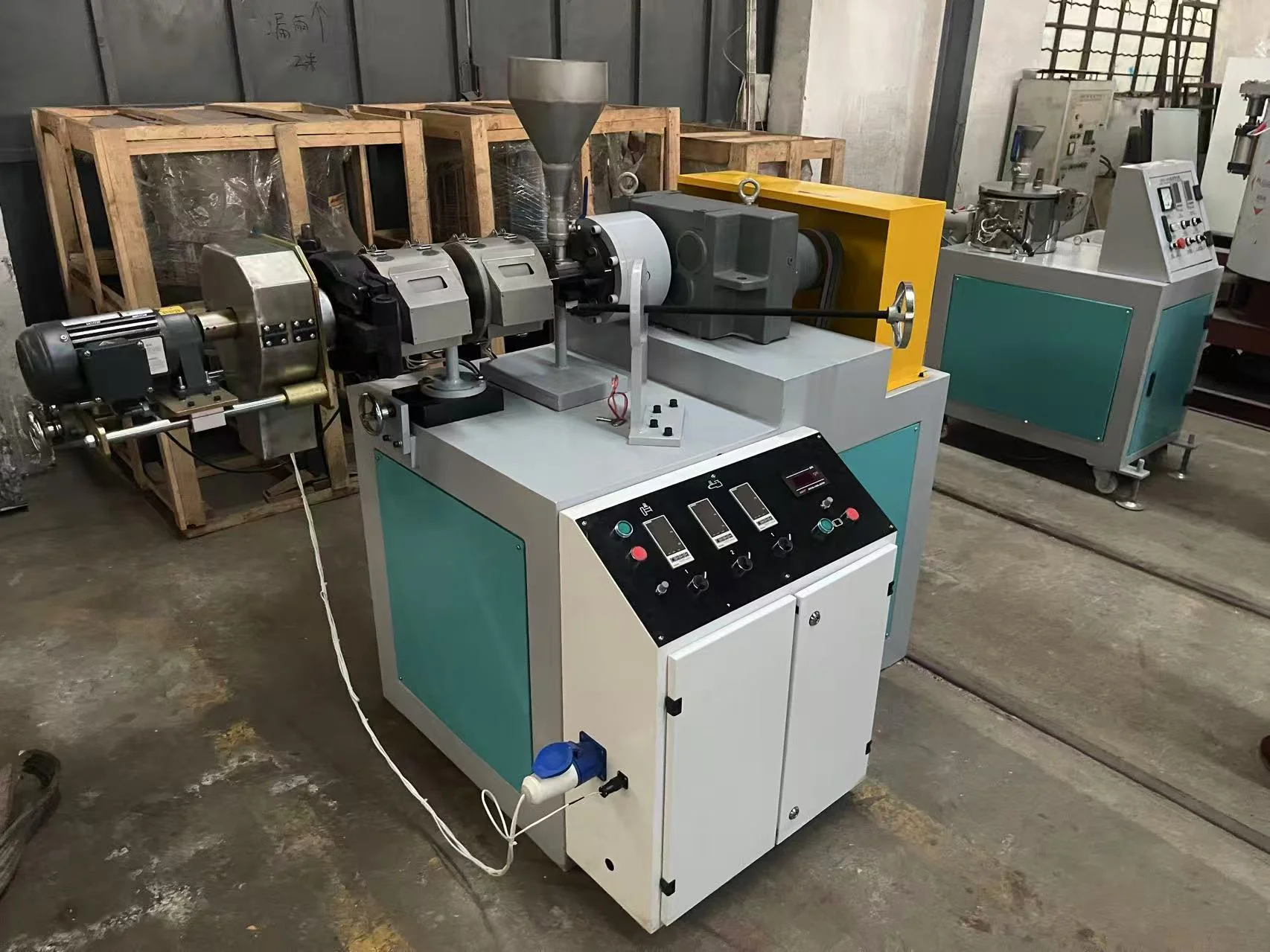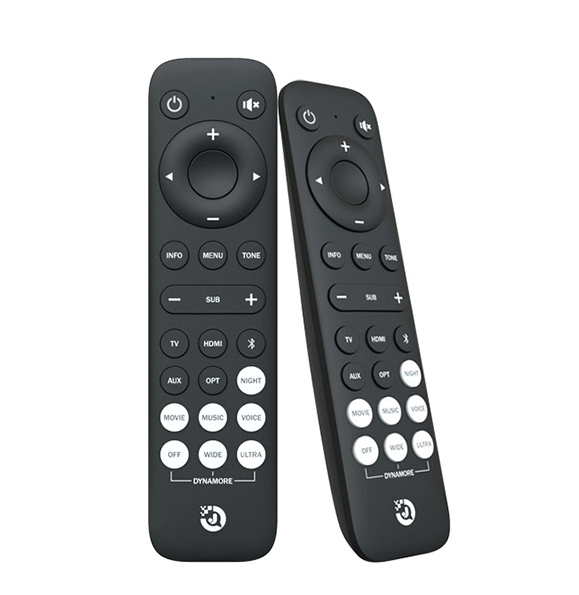When it comes to assembling electronic circuits, soldering is an indispensable skill that can significantly impact the performance and reliability of the final product. With various types of soldering techniques available, understanding which type is best suited for specific applications is crucial for engineers, hobbyists, and manufacturers alike. This article delves into the different types of soldering used in electronic circuits, their applications, advantages, and considerations, ensuring that you make informed decisions for your projects.
Understanding Soldering: The Basics
Soldering is the process of joining two or more electronic components together by melting solder, a fusible metal alloy. The primary purpose of soldering in electronic circuits is to create a strong electrical connection while also providing mechanical support. The choice of soldering technique can depend on several factors, including the type of components being used, the complexity of the circuit, and the desired durability of the connection.
Types of Soldering Techniques
- Through-Hole Soldering
- Description: This traditional method involves inserting component leads through holes in a printed circuit board (PCB) and soldering them on the opposite side.
- Applications: Commonly used for larger components such as resistors, capacitors, and connectors.
- Advantages: Provides strong mechanical bonds and is easier to repair. Ideal for prototyping and low-volume production.
- Considerations: Requires more space on the PCB and can be time-consuming compared to surface mount techniques.
- Surface Mount Soldering (SMT)
- Description: In this modern technique, components are mounted directly onto the surface of the PCB, eliminating the need for holes.
- Applications: Widely used in high-density circuits, consumer electronics, and automated assembly processes.
- Advantages: Allows for smaller and lighter designs, faster assembly, and improved performance due to shorter electrical paths.
- Considerations: Requires precise placement and can be more challenging for manual soldering.
- Reflow Soldering
- Description: This technique involves applying solder paste to the PCB, placing components, and then heating the assembly in a reflow oven to melt the solder.
- Applications: Ideal for mass production of SMT components.
- Advantages: Provides uniform solder joints and is highly efficient for large-scale manufacturing.
- Considerations: Requires specialized equipment and careful temperature control to avoid damaging components.
- Wave Soldering
- Description: A process where the PCB is passed over a wave of molten solder, allowing for simultaneous soldering of multiple connections.
- Applications: Commonly used for through-hole components in high-volume production.
- Advantages: Fast and efficient for large batches, ensuring consistent solder joints.
- Considerations: Not suitable for all types of components, particularly sensitive ones that may be damaged by heat.
- Hand Soldering
- Description: A manual technique where a soldering iron is used to melt solder and join components.
- Applications: Often used for prototyping, repairs, and low-volume production.
- Advantages: Offers flexibility and control, making it ideal for intricate work and adjustments.
- Considerations: Requires skill and practice to achieve consistent results, and can be time-consuming.
Choosing the Right Soldering Technique
When deciding which type of soldering to use for electronic circuits, consider the following factors:
- Component Type: Larger components may benefit from through-hole soldering, while smaller, high-density components are better suited for SMT.
- Production Volume: For mass production, reflow or wave soldering may be more efficient, whereas hand soldering is preferable for low-volume or prototype work.
- Thermal Sensitivity: Some components are sensitive to heat; choose a method that minimizes thermal exposure.
- Repairability: If future repairs or modifications are anticipated, through-hole soldering or hand soldering may be more advantageous.
Conclusion
Soldering is a critical aspect of electronic circuit assembly, and understanding the various techniques available can greatly enhance the quality and reliability of your projects. By carefully considering the type of components, production volume, and specific application requirements, you can select the most appropriate soldering method. Whether you are a seasoned engineer or a hobbyist, mastering the art of soldering will undoubtedly elevate your electronic design capabilities and lead to successful outcomes in your endeavors.







+ There are no comments
Add yours